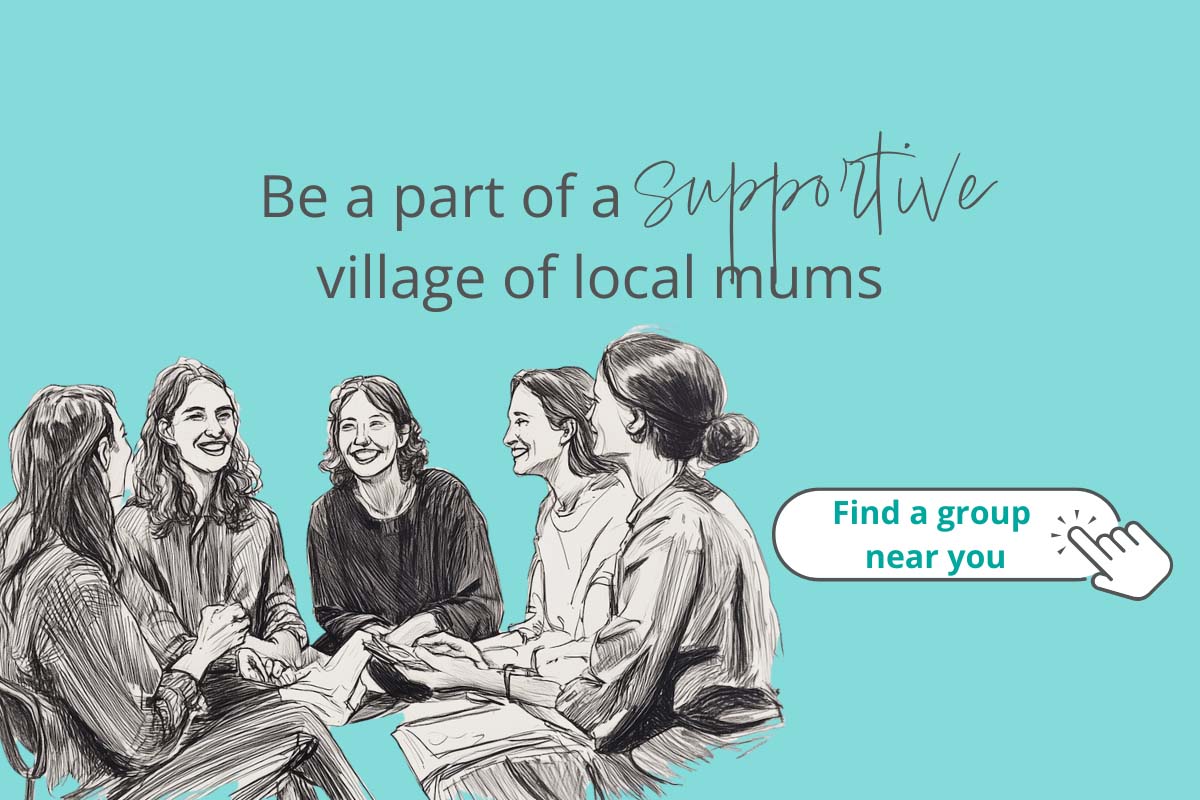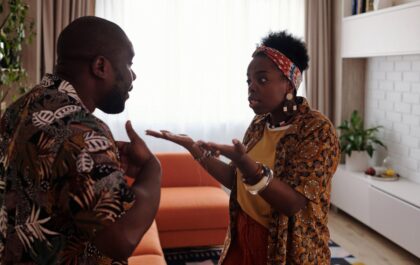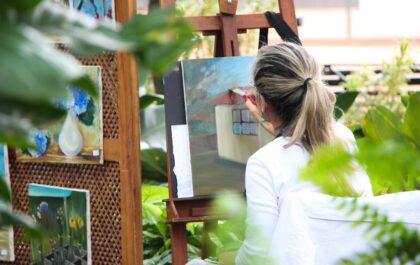Receive personalised articles from experts and wellness inspiration weekly!
Inspiring stories
The push and pull of motherhood
Parenthood’s push-pull of emotions: sleepless nights, fleeting years and unconditional love; a heady mix of joys and struggles.
Educational toys your kids will love
Massages and pregnancy: Is it safe?
When teens are disrespectful
Why we should say sorry to our kids
Parents’ guide to getting homework done
How to talk to teens about consent
Why we should say sorry to our kids
Parents’ guide to getting homework done
Educational toys your kids will love
Educational toys your kids will love
Educational toys your kids will love
When potty training just isn’t working
Why we should say sorry to our kids
Wonder Weeks: A stress-free guide for parents
Choosing the best baby formula
CMV in pregnancy: How to reduce your risk
Trending video
Vision boards: The ultimate tool for proactive mums to achieve their goals
Find out how vision boards can help mums stay focused, inspired and organised while turning big dreams into achievable goals.
6 affordable and thoughtful Father’s Day gifts that won’t break the bank
We have 6 great Father’s Day gifts guaranteed to put a smile on Dad’s face. Even better? These gift ideas won’t cost the earth.
Why you should have a five-year-plan
Why you should consider relationship counselling
Discover what relationship counselling involves, how it works, and whether it’s the right step for you and your partner.
The 5 things I learned from my divorce
The 7 surprising benefits of fighting with your partner
Did you know that there are several surprising benefits of conflict? Well there are—as long as you do conflict well.
Side hustles for mums: Turning spare time into cash
Whether you’re just wanting some extra cash, covering rising bills or dreaming of replacing your day job, you’ll need the right side hustle.
Why you should have a five-year-plan
12 kitchen swaps to save money and the planet
Discover 12 simple kitchen swaps that can help you reduce your environmental impact and make sustainable choices without breaking the bank.
Vision boards: The ultimate tool for proactive mums to achieve their goals
Find out how vision boards can help mums stay focused, inspired and organised while turning big dreams into achievable goals.
Trending kids’ birthday cakes for 2024
6 affordable and thoughtful Father’s Day gifts that won’t break the bank
We have 6 great Father’s Day gifts guaranteed to put a smile on Dad’s face. Even better? These gift ideas won’t cost the earth.
11 Minecraft cakes that kids will love
Meal inspiration
Receive personalised articles from experts and wellness inspiration weekly!
Mind & body
Recent posts
Reading for kids: Q&A with a children’s laureate
Reading for kids made simple. In this Q&A with Gabrielle Wang, discover what makes a good children’s book and how to inspire young readers.
Camping food recipes for your next family escape
Panning a camping holiday with the kids? Here are some easy and tasty camping food recipes the whole family will enjoy.
The challenges of being sandwiched between caring for a loved one and your kids
Exploring the challenges of being sandwiched between caring for my father and my young children, while navigating everyday life.
What KPop Demon Hunters taught me about parenting
Parenting lessons can come from the strangest places. Here’s what this surprising source taught me about raising kids.
Things to do in the holidays this spring (2025 edition)
Looking for school holiday activities to do with the kids? We give your our best picks of things to do in the holidays.
Vision boards: The ultimate tool for proactive mums to achieve their goals
Find out how vision boards can help mums stay focused, inspired and organised while turning big dreams into achievable goals.







